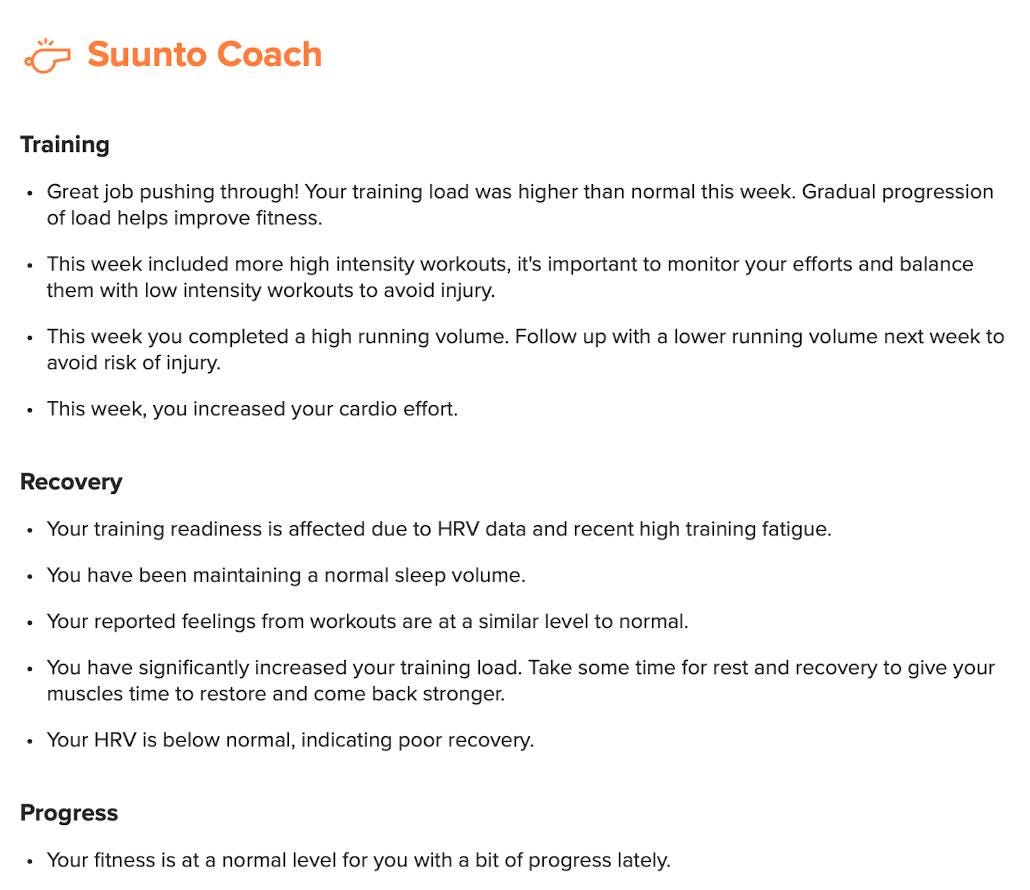If you've ever been fortunate, audacious, or foolish enough to tackle big races in close succession, you understand the unique blend of exhilaration and exhaustion that comes with these back-to-back challenges.
As I reflect on my taper leading into UTMB last year, one critical lesson emerges: the importance of going into the race fresh. Last year I tried to bridge the gap between the two races with high-altitude training in Tignes (2,100m). The plan was to keep the altitude gains made in the States, and come out of it with a super performance powering around Mt Blanc. What I didn’t factor in was the physical and mental toll that Western States had laid into me. I pushed my body in Tignes trying to adapt to big vert in preparation for the big loop, UTMB. It wasn’t until a week before the race that I realised my normal taper wasn’t having the same effect. I was sluggish, with zero pop in the legs. UTMB would prove a good experience. But tough and a real mental battle for me. Fighting for a spring in my step that didn’t come.
Of course there are many factors when I look at my experiences in these two milers… Western States and UTMB are two very different beasts—one is a blistering hot, relentless, but fast 100-miler through the Californian Canyons, and the other is a big vert, technically demanding, 100-mile hike/run in the heart of the Alps.
What they share in common is their brutal demands on the body and mind. And that is not going to change with the Western Sates and CCC double. So the main thing I want to achieve this year is going into the race healthy and fresh, ready to give it heaps.
The Importance of Freshness
It’s easy to get caught up in the momentum of training, especially after an intense race like Western States. There’s a strange mix of fatigue and euphoria, and there’s a temptation to jump back into training too soon, wanting to capitalise on fitness. But the key to a successful CCC is not just carrying fitness into the race, but carrying freshness.
When we talk about tapering, especially in the context of two major races in close succession, it’s about allowing your body the time it needs to repair and regenerate. After Western States, your muscles, tendons, and even your mind are fatigued, and pushing too hard too soon can lead to overtraining, injuries, or simply burnout.
Tapering Smartly: Listening to Your Body
After Western States, the first step in my taper was full recovery. This meant prioritising rest, sleep, and nutrition over anything else. I gave myself permission to take time off running nearly entirely for the first week, focusing on light activities like walking, jogging and swimming to keep the blood flowing without stressing my body. A holiday with Michelle in Costa Rica was the perfect gateway for this.
Once I felt my energy levels returning, I reintroduced running—but with a significant reduction in volume and intensity. My focus was on exploring new trails and Costa Rican towns, without digging myself into a hole. Instead of long runs, I opted for shorter, easy efforts with a few strides. The goal was to stay active without accumulating fatigue. Even then, it can be easy to come back too soon, thinking you feel good. But it’s the underlying fatigue that will get you. Give yourself more time than you think…
Getting to Chamonix, the spirit and adventure of this place has lifted me with a lot of motivation to get back into training. A TMB loop with Michelle was a great kick starter to a big 4 to 5 week stint of specific CCC training. I felt strong but now’s the time to taper and taper properly.
The Mental Aspect: Trusting the Taper
One of the hardest parts of tapering is the mental challenge. After putting in so much work, it’s natural to worry about losing fitness or not being prepared. But the reality is, the work has been done. If you’ve made it through a race like Western States, you’re more than ready for CCC—what you need now is to arrive at the starting line feeling as fresh and strong as possible.
With two and a half weeks to go I have to remind myself to trust the process, the hard work is done. It’s better to be slightly undertrained and fresh than overtrained and tired. A taper is not just about reducing physical workload; it’s also about mentally preparing yourself for the race ahead, visualising success, and embracing the journey.
What I’m Doing
I’m following the guidance of my coach Robbie Britton. My taper involves reducing weekly mileage by 30-50%. Focusing on shorter runs with a mix of easy efforts and just a touch of intensity to keep the body sharp. Mobility work and plenty of sleep become even more important as race day approaches. I’m also keeping track of the data my Suunto Race is telling me.
An interesting data screen that summarises my weekly training is Suunto Coach on the Suunto App. The past week I noticed I was feeling quite fatigued, checking with Suunto Coach aligned to how I was feeling…A lower HRV and need for recovery point to a great time to start my taper this week.
With that said, I’m using everything available to freshen up. Freshness isn’t just a nice-to-have; it’s essential. So remember that next time you’re approaching your next race.
This week I will release a weekly video recap on a sharpening workout to my paid subscribers. With a weekly recap leading into the race. Also stay tuned as we announce a special giveaway.
Subscribe to get in the mix.
Appreciate the support, and happy training!







Another great read Dan